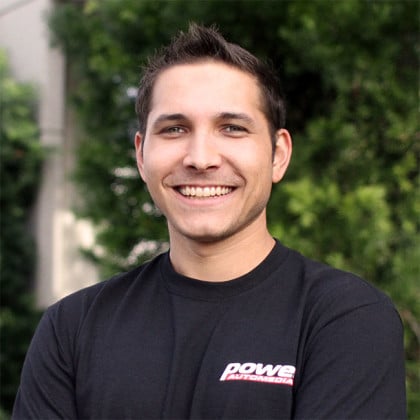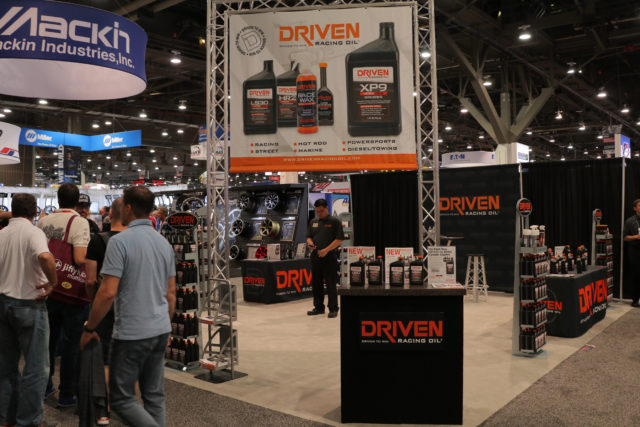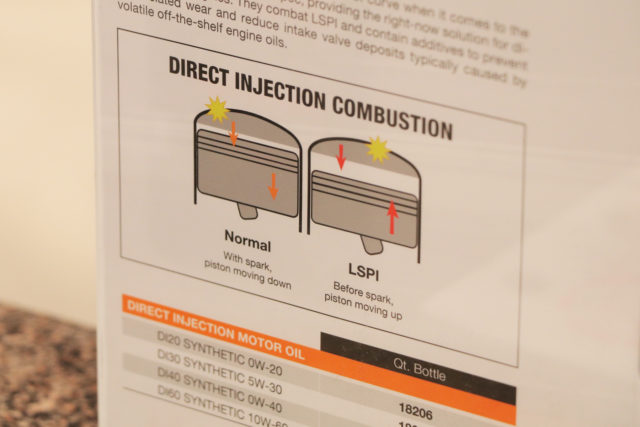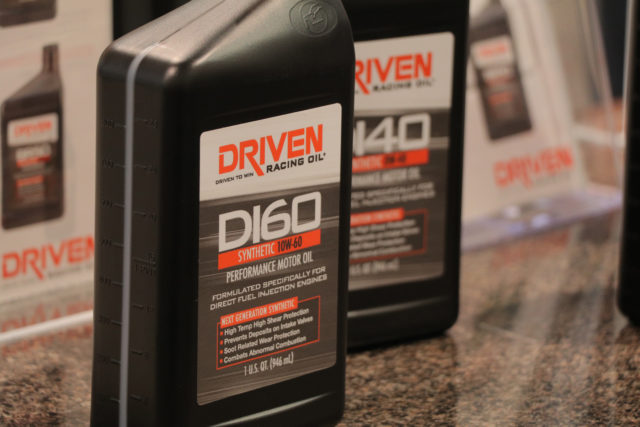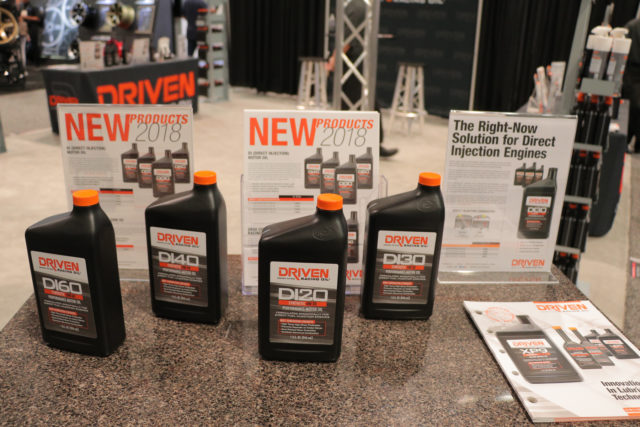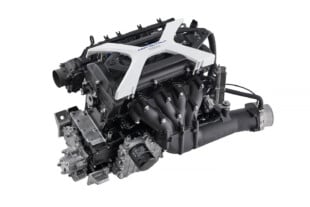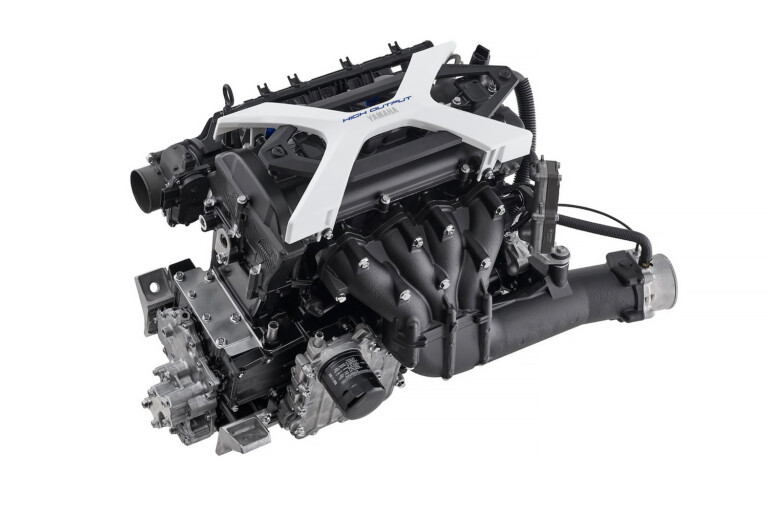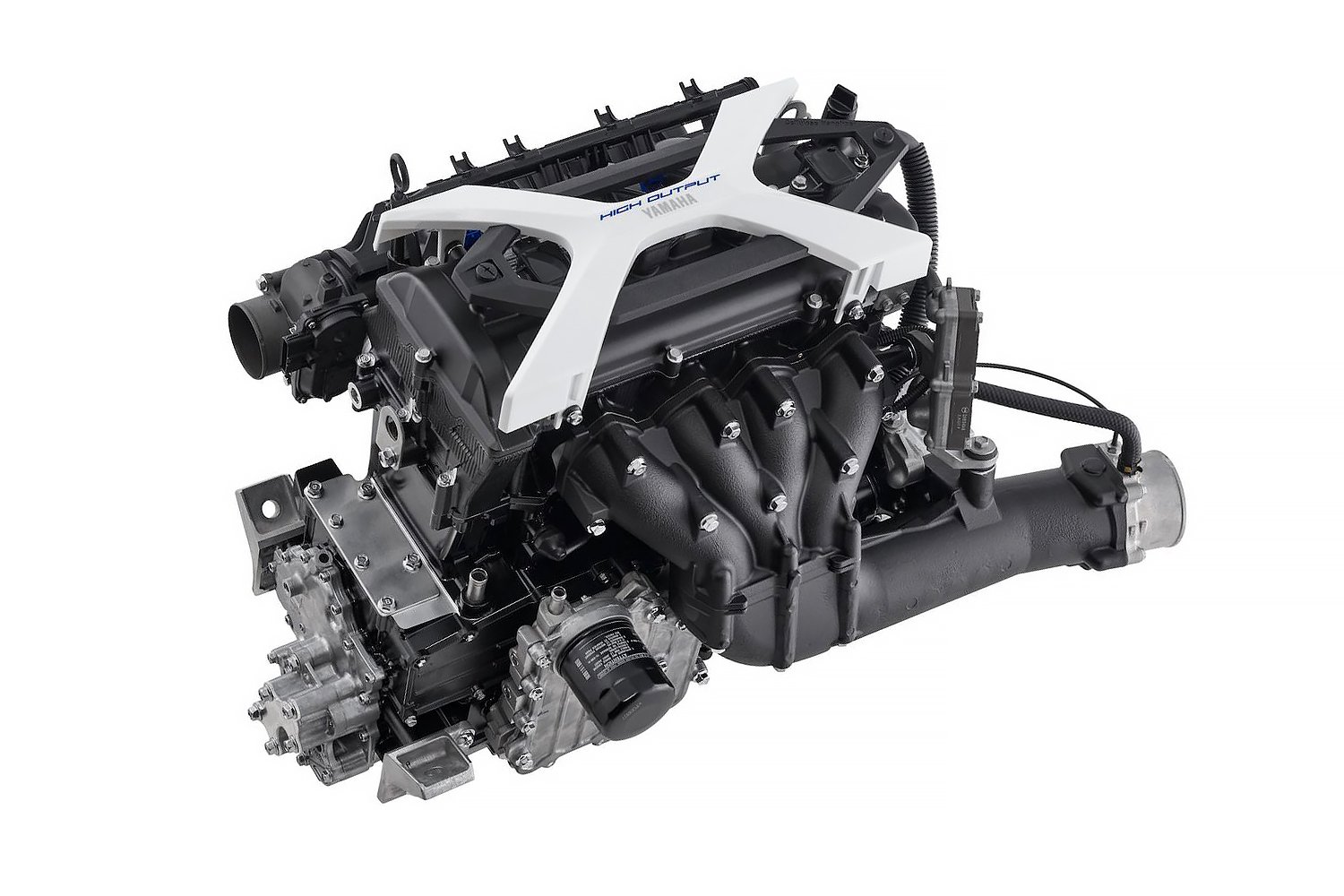With so many direct injection (frequently referred to as DI) engines out right now, we’re kind of surprised we haven’t seen oil that is direct injection specific until now. Chatting with Lake Speed Jr. from Driven Racing Oil, he explains some issues that DI engines experience, and how their new DI specific oil might just be the key to reducing build up and making it easier to manage issues that direct injection engines can be known for.
Speed starts off by explaining that the new engine oil is designed specifically for direct injection engines. “DI engines are different than normal gasoline engines or normal port injection engine in a few different ways. One, there is typically higher compression and there’s less time for the fuel to vaporize, in terms of crankshaft degrees of rotation between the time the fuel is introduced to the time the spark event occurs; you can’t burn liquid fuel-it’s gotta be vaporized. So what happens in a DI engine, is that you get more fuel dilution of the oil on the cylinder wall. After a while, the fuel and the oil mix together, which creates this third thing that’s neither fuel or oil, which is a lower octane value, that causes detonation/knock which can contribute to destroying the engine.”
“High load and low engine speed is more prone to detonation, and the oil formulation can impact that. These new oils are designed to reduce the frequency and possibility of low speed pre-ignition; the second thing, also from incomplete combustion, is that DI engines create soot just like diesels would. Normal oils — racing oils especially — are not designed to handle soot, because soot doesn’t happen in normal carburetor engines or port injected engines. Our engine oils are designed to handle soot to keep them from causing excess wear in the engine. Additionally, DI engines don’t have fuel to wash the intake valve clean, so they’re prone to having heavy build up and deposits on the back of the valve.”
Lake tells us that the formulation of the oil can determine how difficult it is to remove the deposits, as well as how big they are. “We can’t eliminate it, but you can reduce it and make it easier to manage and clean.” You’ll be able to find this direct injection specific oil in 0W-20, 5W-30, 0W-40, and 10W-60 at your local dealer.


